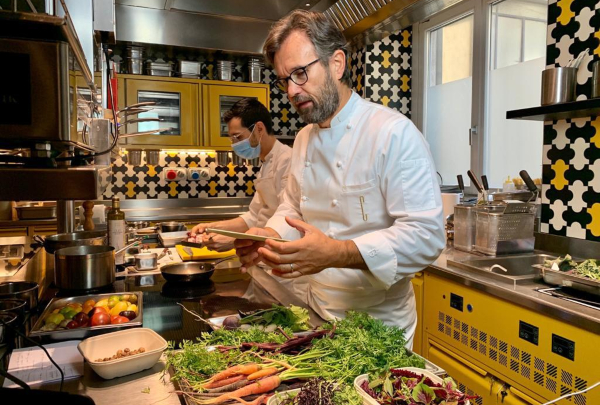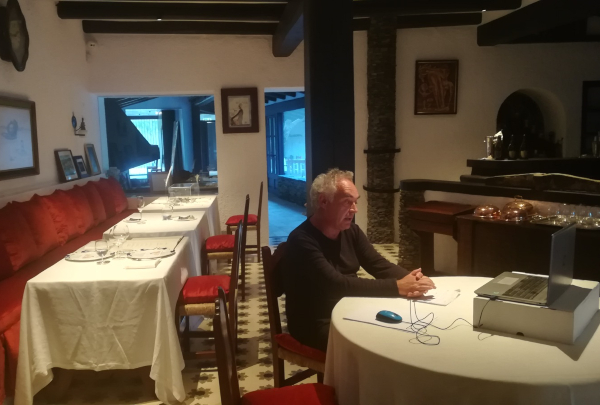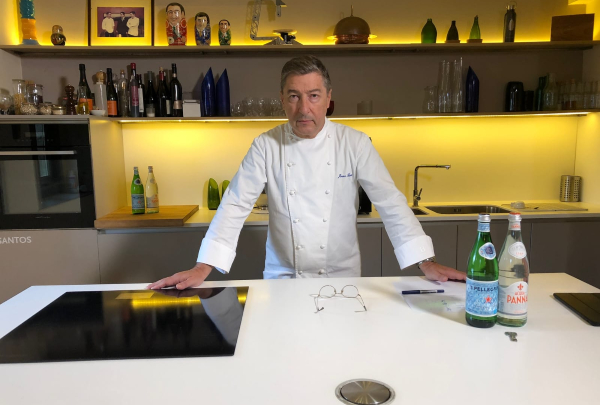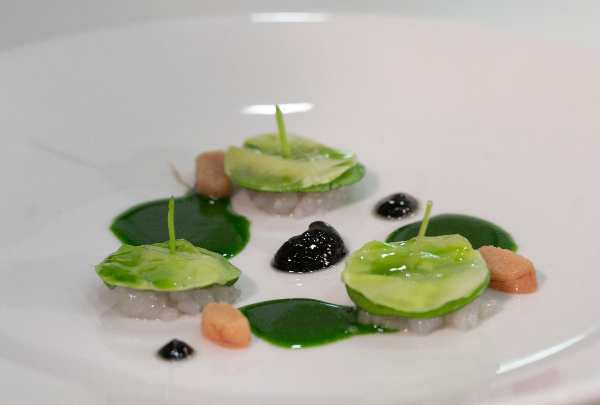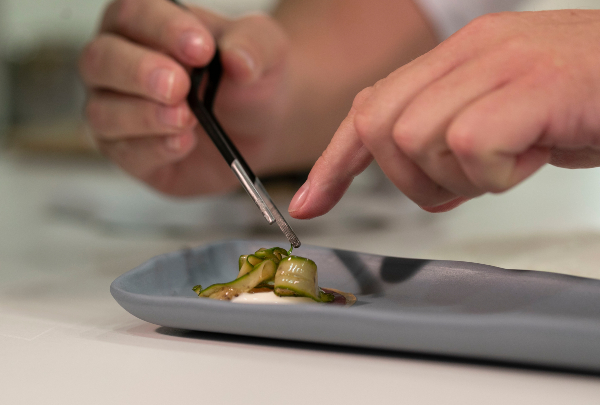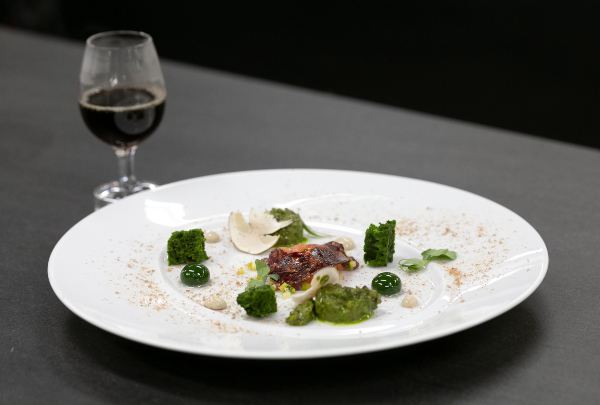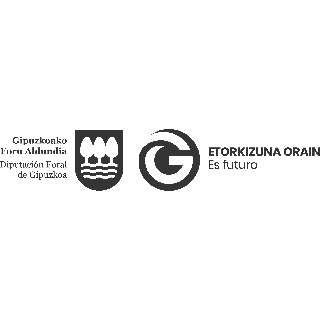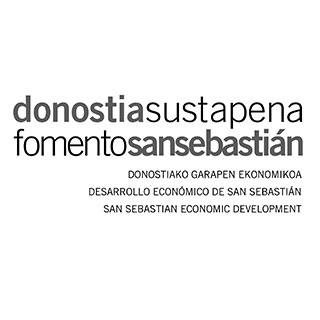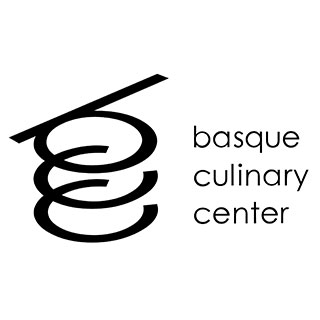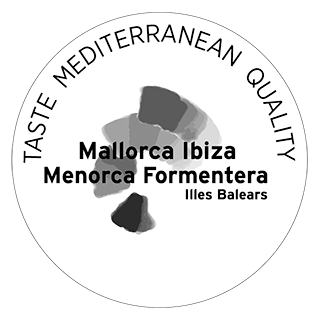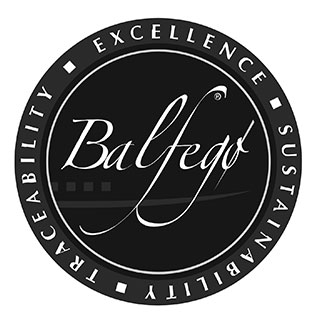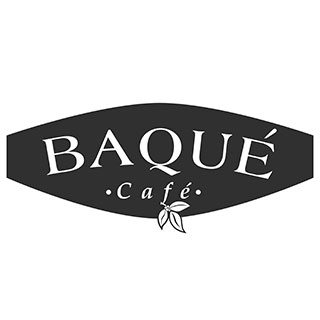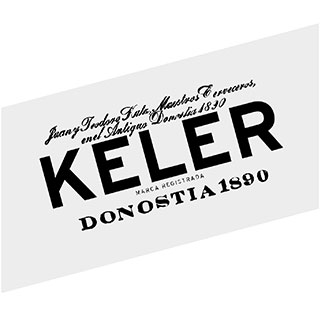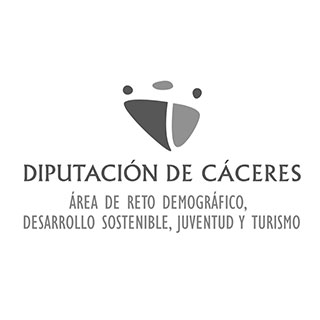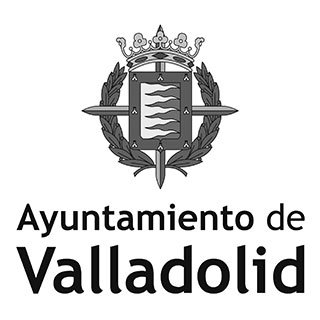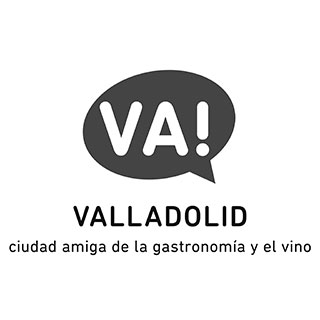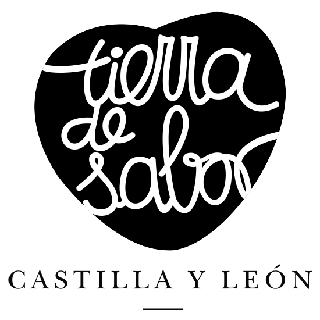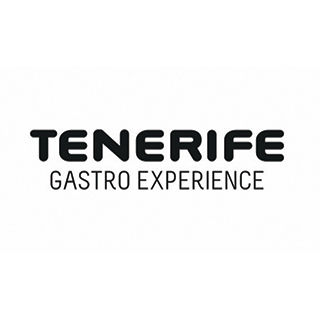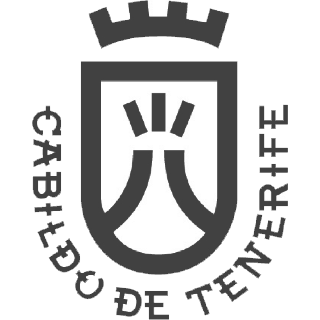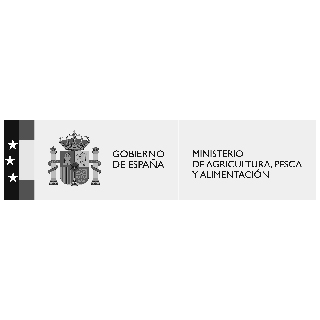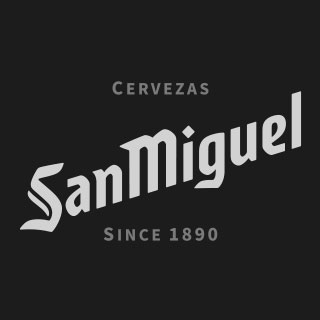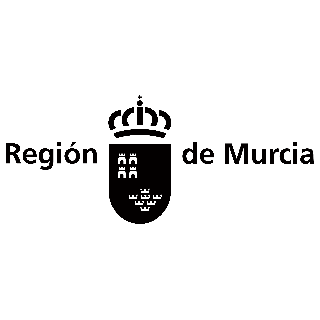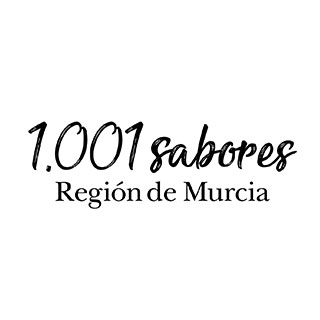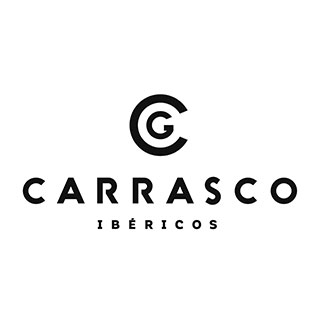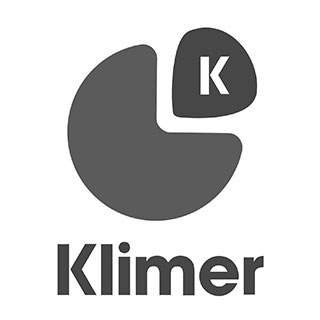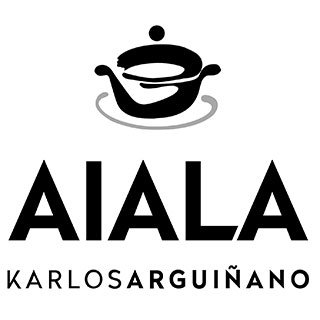News
Iberian Pig. 100% natural gastronomic value
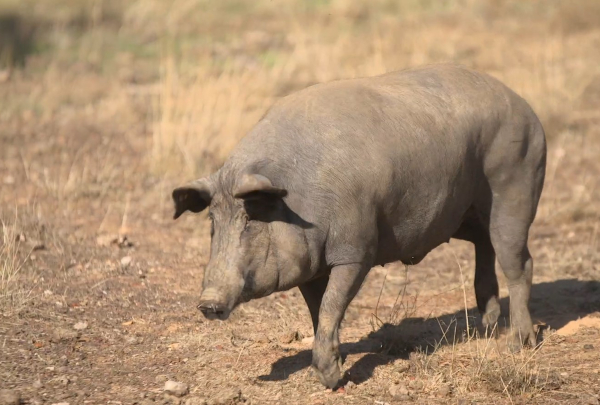
The Sierra de Aracena and Picos de Aroche natural park is the idyllic setting in which one of the animals that has become the emblem of our country's gastronomy, the Iberian pig, is raised and fattened. These are pastures where the quality of the Jabugo Designation of Origin is protected and certified.
Coinciding with the start of the free range grazing season, in October, San Sebastian Gastronomika -Euskadi Basque Country has entered the world of the Jabugo Iberian pig in an activity sponsored by the Regional Ministry of Agriculture, Livestock, Fisheries and Sustainable Development of the Andalusian Regional Government. With the help of Lucía García, head of communication for the Jabugo PDO, and its general manager, José Antonio Pavón, we have discovered some of the secrets of this exquisite delicacy.
A special kind of pig
What makes the Iberian pig unique is its diet, which, during the free range grazing season (from October to March), is done roaming free in the pastures of Huelva. With a totally natural diet, these animals grow fat at their own pace based on the acorns provided by the holm and cork oaks in their natural habitat. The Jabugo PDO controls this process by ensuring that the animals have enough space and are fed correctly so that they can then move on to the ham-making process.
From the salting (11 or 12 days in salt), to the drying room, where humidity and temperature will be controlled throughout the winter and early autumn; to completing the curing process in the cellars.
Rich fat marbling on the palate
José Antonio Pavón, managing director of the Jabugo PDO, explained the keys to recognising and appreciating ham from the Iberian pig. To the eye, it shines due to the mixture of fat and lean; to the nose, there are wild aromas from the pasture and matured aromas from the drying process; to the touch, it is unctuous and velvety and to the taste, we can appreciate how the ham, when cut properly, dissolves on the palate with our body temperature.
Pavón highlighted one last aspect to be taken into account: the retronasal intensity and persistence, a factor that marks the difference between a Jabugo and any other ham.
But everything from the pig is used, and more so if it is Iberian, and we attended a master class with the chef Xanty Elías (Acánthum*, Huelva) on how to cut up a pig, recognising all of its parts and how they are used in the kitchen. From the much appreciated tenderloin, shoulder muscle or shoulder steak to other parts that also have many culinary possibilities such as the pork lagarto, rib or loin.
Grilled, matured, etc., the meat of the Iberian pig is versatile in the kitchen and ensures unique quality, texture and palate due to the marbling of its fat. Proof of this was the dish of matured Iberian shoulder steak presented by the Andalusian chef in which he brought out the best of this product by combining it with figs, in season, dried tomatoes bathed in acorn-fed Iberian fat and, as a crunchy note, some toasted seeds and spices.
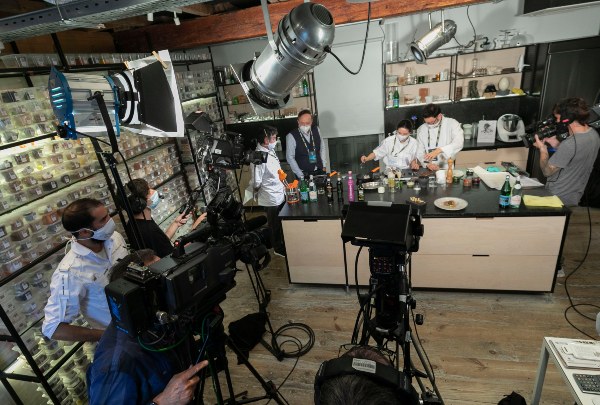
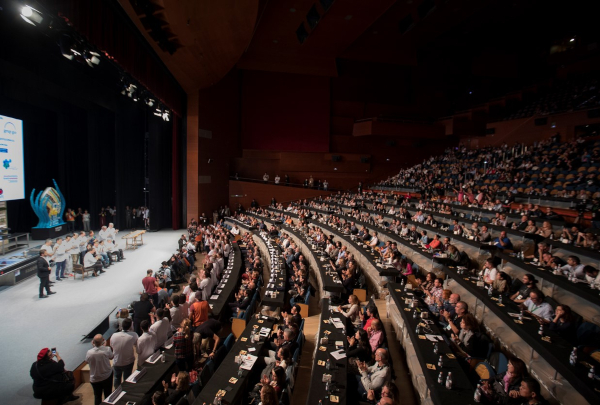
.jpg)
